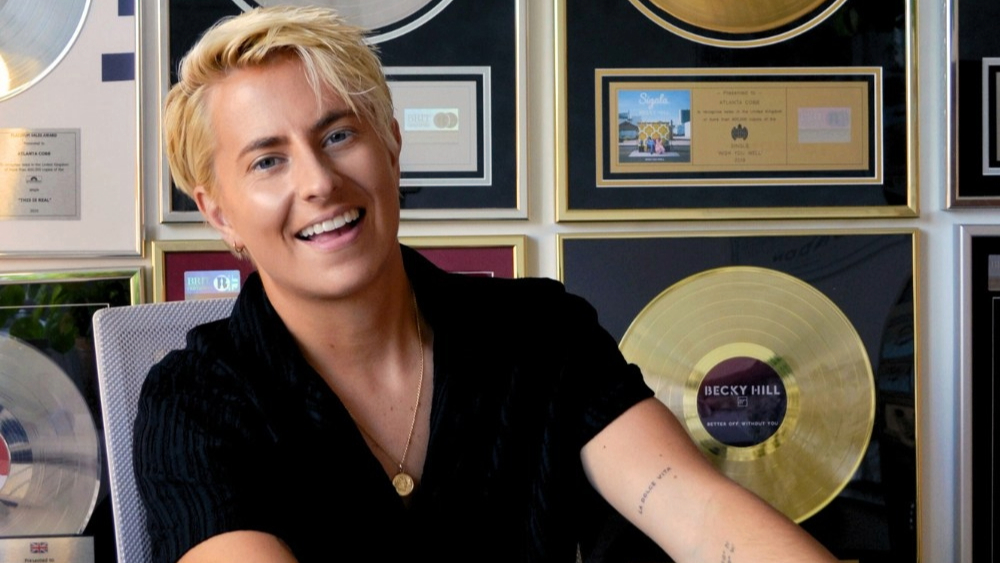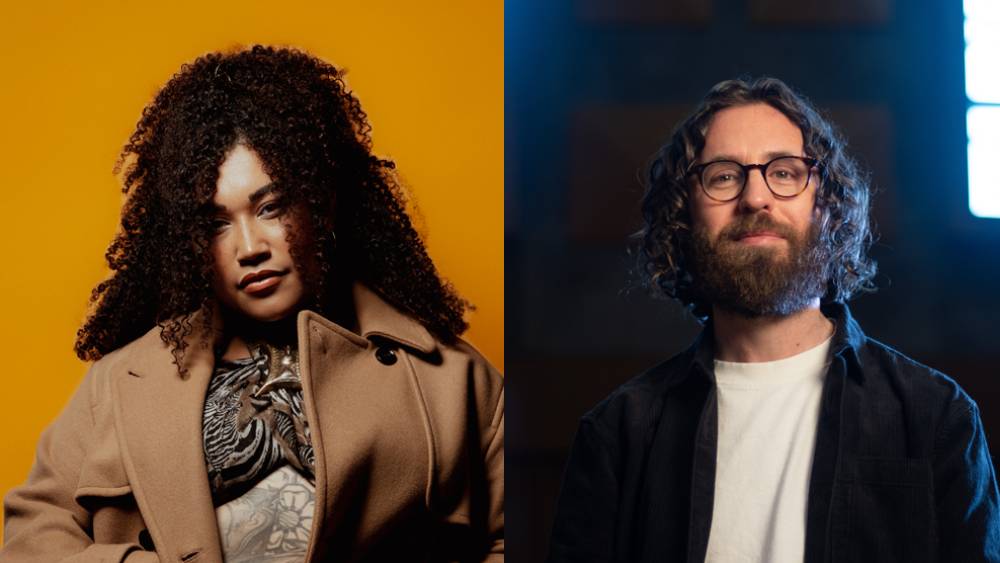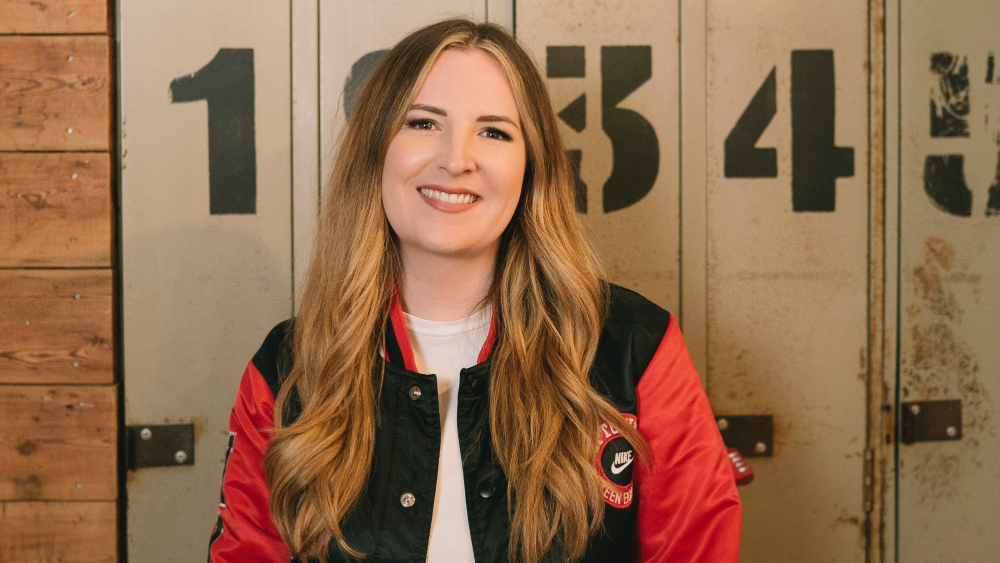Ed Sheeran goes into every songwriting session with one rule: Dare to suck.
‘I walk in [to the studio] and the first thing I say is, “Dare to suck”,’ he told songwriting students at Belmont University in Nashville, Tennessee back in March. ‘This might suck; it might be good. If it sucks, no one has to hear it, we scrap it, it just doesn't exist. But if it is good and great, you keep it.’
That creative rule was in place on the day Ed wrote his 2017 single Shape of You, which went on to be one of the biggest-selling songs of all time. ‘Songs like Perfect, Thinking Out Loud and Shape of You needed many, many, many songs to get to that point,’ he added. ‘The other four [songs written that day] weren’t good, but I realised those four had to get written and fall flat to get there.’
Have you ever scrapped an idea for a song because it felt too ‘you’? During my time as a songwriter and artist, I spent years treating my own creativity like a high school crush — overthinking things, over-editing my work yet never hitting ‘send’. As I transitioned to coaching, helping empower music creators to channel their authentic voice through their music, I regularly encountered people who shared those same creative struggles. Here’s the truth, though: the more you ‘polish’ your art, the more you’re at risk of erasing yourself from it.
But why do we do it? Typically, it’s because we believe external validation can only come about through perfection. We’re so often bombarded on social media with notions of what it means to be cool, talented and on-trend. The challenge, then, is to move away from dimly meeting those unrealistic expectations and instead prioritising the things that serve our creative curiosity.
'The more you "polish" your art, the more you’re at risk of erasing yourself from it.'
One of my clients, a producer, came to me feeling hollowed out from constantly chasing perfection. ‘I’ve forgotten what my own music sounds like,’ he admitted, having written ‘to pitch’ for years. His demos were technically flawless, but utterly soulless. So we tried something radical: no briefs, no grids, no rules. For three minutes per session, I’d disappear from Zoom (video off, mic muted) and leave him alone with whatever instrument he’d been avoiding. The first week? Stiff silence. The second? A single dissonant chord he immediately dismissed as ‘wrong’.
Then, in week three, a breakthrough. He played a melody so vulnerable that he even apologised to me afterwards. ‘That was… embarrassing,’ he said, to which I replied: ‘No, that was you.’ A couple of months later, that ‘embarrassing’ melody became the chorus of his first independent release that actually sounded like himself.
In all areas of creativity, confidence isn’t a prerequisite — it’s a byproduct. The first time I performed in front of an audience, I remember thinking that my heart was going to jump out of my mouth. I still felt that way the next time I played live, but by the tenth time I stepped on stage, performing felt completely natural.
Like with anything new or uncomfortable, it takes patience, practice and consistency to achieve confidence in yourself. If, right now, you only believe you can show up with a 20% level of authenticity, push yourself to add another 5%. Test this out for a whole week and get comfortable with it. When 25% becomes a little bit more comfortable, add another 5%. Your job as a music creator isn’t about fully giving into your vulnerability before you’re ready, it’s about nudging the boundary of your comfort zone — one bruising, glorious 5% at a time.
'In all areas of creativity, confidence isn’t a prerequisite — it’s a byproduct.'
To help you do this, I’ve designed a challenge called The Cringe Journal.
- Grab your songwriting journal. Write down every ‘cringe’ idea you’ve been too afraid to explore — the weird, the childish, the ‘this will never work’ ideas.
- Colour-code them like so — Green: Mildly uncomfortable; Yellow: Makes your pulse quicken; Red: ‘Absolutely not’ (…yet).
- Start with the yellow category. For the next three weeks, bring one of these ideas into your songwriting sessions — not to make it ‘good’, just to explore it.
- After three weeks of doing this, revisit your ‘Red’ list. That ‘absolutely not’ idea may now start to seem feasible — that’s growth.
The goal here is not to write a hit song, it’s to get out of your own way so you can start creating whatever you like without hesitation. So here’s your invitation to stop waiting to feel ready. The world doesn’t need more ‘flawless’ work, it needs:
- Your ‘this is too weird’ draft
- Your ‘I cringed while making this’ demo
- Your ‘screw it, I’m posting anyway’ moment
So go on: in the words of Ed Sheeran, ‘dare to suck’ – it might just inspire your best work yet.
You can find out more about Carrie’s work, including her guide to ‘building confidence by creating’, by heading here.





